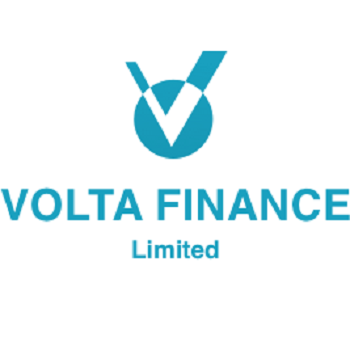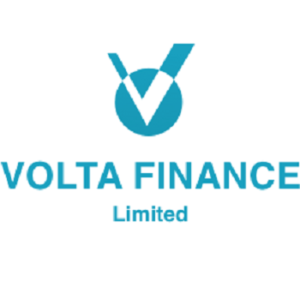Navigating the bond market in today’s landscape is no small feat. With interest rates in flux and credit spreads remaining tight, investors must rethink traditional strategies. Amidst these challenges, securitized assets present an opportunity for diversification and attractive returns that many may be overlooking.
Mortgages and other securitized bonds offer a unique avenue for investors aiming to balance interest-rate and credit risk within their portfolios. They also provide an effective way to take advantage of shifts in US fiscal and regulatory policies under the Trump administration.
Select mortgage debt and collateralized loan obligations (CLOs), particularly those with shorter durations, offer reduced correlation to government and investment-grade corporate debt. This characteristic is particularly relevant as the Federal Reserve prepares for further rate cuts in 2025, albeit at a potentially slower and more uneven pace than initially expected. With rates possibly settling at a higher level than in previous cycles, securitized assets could play a critical role in portfolio construction.
The Fed remains cautious in its approach, mindful of inflation risks. Key policies—such as tax reductions, tariffs, and immigration changes—could drive growth and push inflation higher. Amid these uncertainties, securitized assets offer attractive yields comparable to high-yield corporate bonds while maintaining shorter durations. Residential mortgages, in particular, stand out as they are backed by US consumers, whose balance sheets remain strong, even as corporate fundamentals begin to show signs of weakening.
Moreover, various types of mortgage-backed debt, including agency mortgage pass-through securities and credit risk transfer securities (CRTs) issued by Fannie Mae and Freddie Mac, exhibit low correlation with high-yield corporate bonds. A well-structured blend of securitized assets has historically demonstrated minimal correlation with both US government debt and investment-grade corporate securities, reinforcing its role as a valuable diversification tool.
With the Federal Reserve shifting to an easing cycle, the appeal of cash holdings has diminished. Securitized assets present a compelling substitute for investors looking to deploy capital that has been sitting in cash reserves since the rapid rise in short-term interest rates in 2022. By the end of 2024, money market fund assets had surged to nearly $7 billion, highlighting the vast amount of sidelined capital.
For those still weighing their options, historical performance provides a persuasive argument. Between October 2022 and December 2024, a diversified securitized index blend returned 23.3%, significantly outpacing the 11.7% return of the Bloomberg 1-3 Month Treasury Bill Index, a common cash benchmark. These figures reinforce the potential advantages of reallocating cash reserves into securitized assets.
The Trump administration’s stance on deregulation is another potential tailwind for securitized assets. The Federal Reserve has already proposed easing the Basel III capital requirements imposed on US banks, a move that could free up capital for higher-yielding investments. This regulatory shift may drive increased allocations toward high-quality securitized assets.
Additionally, potential reforms surrounding government-sponsored enterprises (GSEs) such as Fannie Mae and Freddie Mac could reshape the landscape. While full privatization remains a long-term objective, the agencies may begin bolstering capital reserves in preparation for an eventual exit from conservatorship. Such developments could lead to reduced issuance of CRT securities, which may, in turn, enhance valuations for existing holdings.
Historical analysis suggests that incorporating securitized assets into a broader bond portfolio can enhance returns while reducing volatility. From April 2020 to the end of 2024, blending securitized indices with the Bloomberg US Aggregate Bond Index resulted in higher returns with lower risk. A similar outcome was observed when substituting the Bloomberg US Corporate High Yield Index.
The ideal mix of securitized assets will depend on individual investment goals and risk tolerance. However, a dynamic approach that incorporates a range of securitized instruments could unlock significant benefits in today’s uncertain market environment.
Uncertainty surrounding economic growth, inflation, and policy shifts continues to cloud the investment landscape. However, such conditions also present unique opportunities. Investors who remain underweight in securitized assets may be missing out on an asset class that offers both diversification and attractive return potential. Now is the time to reassess strategies and take advantage of these opportunities before the market fully recognises their value.
Volta Finance Ltd (LON:VTA) is a closed-ended limited liability company registered in Guernsey. Volta’s investment objectives are to seek to preserve capital across the credit cycle and to provide a stable stream of income to its Shareholders through dividends that it expects to distribute on a quarterly basis.



